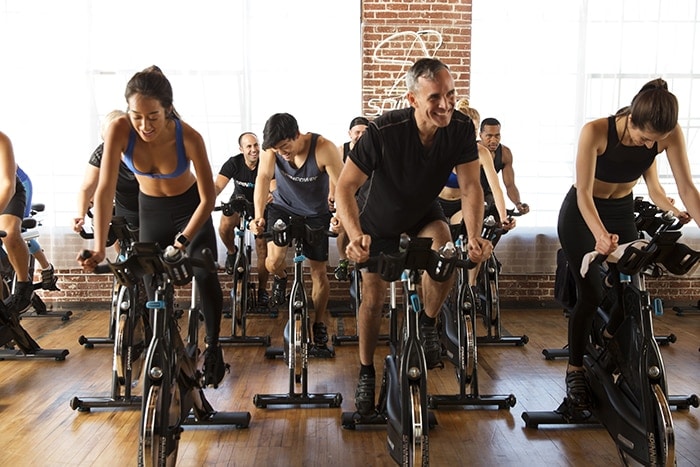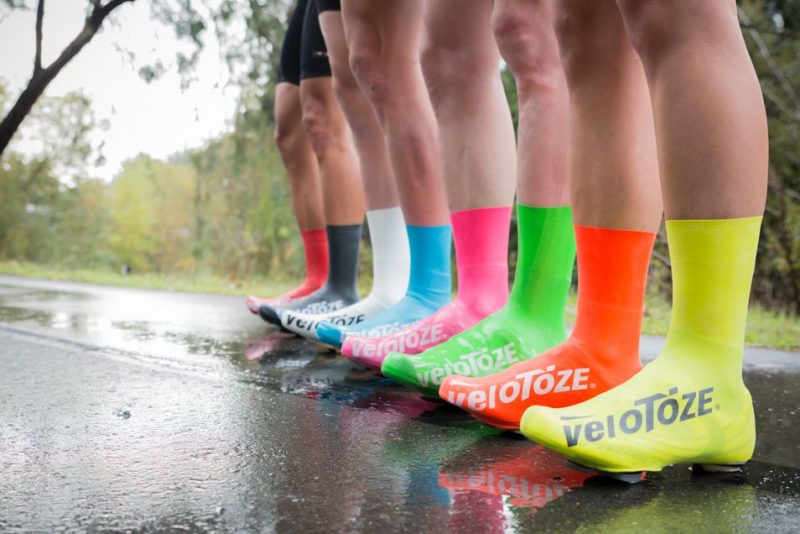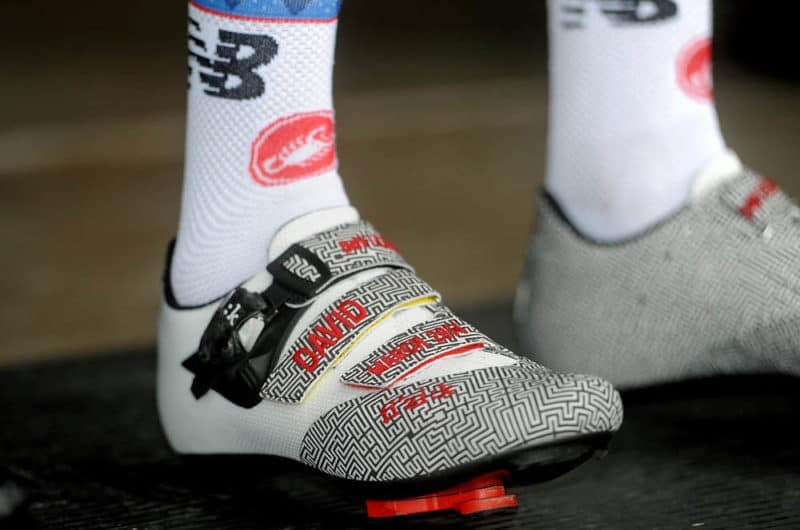Thinking about getting a pair of shoes for cycling?
If you browse around the Internet or walked into any local bike shops, you’d probably noticed there’ is quite a broad range of cycling shoes ranging from $100 to $300+. To make things a bit more complicated, there are shoes for road and off-road/indoor cycling.
So what makes them different and which one should you be looking at?
On this page, I’ll cover everything you n need to know about cycling shoes so that you can make a more informed decision when it comes the time to buy one.
Let’s jump straight in.
On This Page
Fit and Comfort
Fit is the most important factor when it comes to buying cycling shoes or any cycling clothing.
As you’ll probably have noticed, some have a narrow foot while others have a wide foot and some fall in between.
Besides the standard sizing, you’ll sometimes come across the letter E behind it. For example; 42E.
E indicates a wide width.
For your reference, there’re other alphabets for the width; B (extra narrow), C (narrow), D (regular), E (wide), EE (extra wide), and EEE (triple wide).
Unlike running shoes, cycling shoes only uses the E sizing to avoid having too many variants of the same shoe.
Types of Closure System

There are 4 types of closure systems used in cycling shoes today. Each one has its own pros and cons, but ultimately they all have proven to function well and be reliable.
- BOA dials
- Ratchet buckles
- Velcro straps
- Laces
BOA Dials
Manufactured by BOA, these lightweight dials are mostly found in high-performance cycling shoes aka the expensive ones such as the Shimano S-Phyre RC902 and Specialized S-Works 7.
They’re designed to provide you with a very precise fit. Each turn of the dial in either direction adjusts the fit by only 1mm.
Should they get damaged, you can easily replace them by yourself. Just remember to buy the right ones as there are many variations of the BOA dials.
The downside with BOA dials is they don’t come cheap.
Ratchet Buckles
Ratchet buckles used to be very popular before BOA dials came into the picture. They’re sturdy and reliable but don’t offer the precision that BOA dials do.
If you happen to break these buckles, chances are you’ve got to get a new pair of shoes as the replacement buckles are not easily available.
These days, shoe manufacturers are gradually moving away from using ratchet buckles. You’ll probably have a tough time finding a newer shoe with this.
Velcro Straps
These have been around for a long, long time and continue to do so until today. They’re lightweight yet durable and are unlikely to get damaged if you crash, unlike the ratchet buckles or BOA dials which could break apart.
While the velcro straps provide a strong and reliable hold of your foot, their precision is nowhere near a rather buckle or a BOA dial.
The Giro Stylus utilizes 3 velcro straps to ensure a snug fit.
Laces
The trend of laced cycling shoes was started by Giro about 3 to 4 years ago. This system is the lightest among all the other three and provides a very snug fit.
One of the most popular laced cycling shoes around is the Giro Empire.
However, due to the nature of laces, you can’t adjust them on the fly.
Plastic vs Carbon Soles
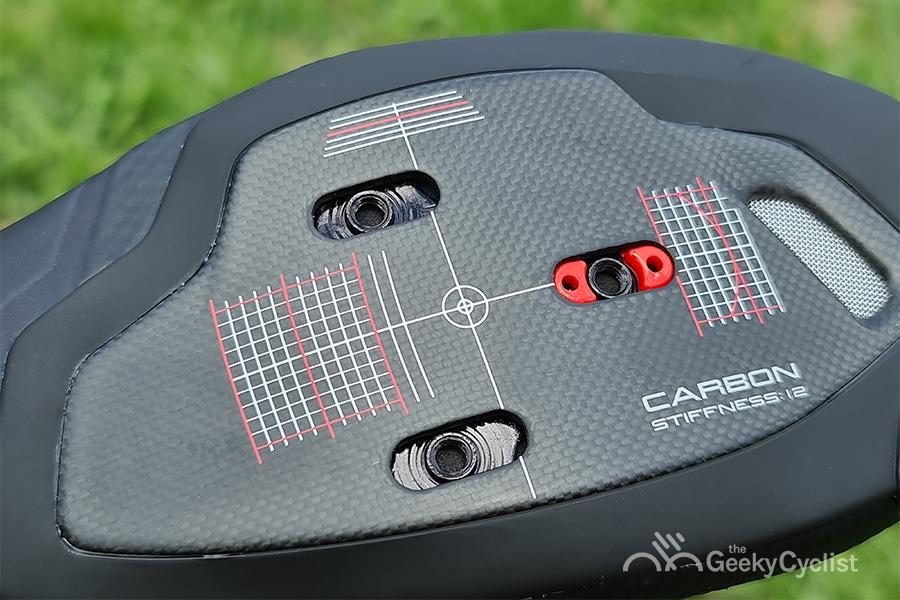
There are 3 types of sole materials found in cycling shoes.
- Carbon
- Plastic
- A mixture of plastic and carbon
Each material has different stiffness levels with carbon being the stiffest and plastic being the least. The carbon composite (plastic and carbon mixture) sits in between and they can vary depending on the amount of carbon that is present.
Take note that in some cases, it’s not necessary to buy a pair of cycling shoes with the stiffest sole. Some cyclists have complained of foot numbness and pain due to a very stiff sole.
The stiffness levels are indicated by a number called Stiffness Index.
The higher the number, the stiffer it is. Anything from 11 to 13 is used in high-performance shoes, while 8 to 10 is for mid-range.
- High-performance cycling shoes come with carbon soles such as the Shimano S-Phyre RC902. These are lightweight, stiff, and obviously expensive. Within carbon itself, there is a rating to indicate its stiffness.
- Mid-range cycling shoes such as the Shimano RC701 typically use either a less stiff carbon sole, or a mixture of plastic and carbon sole. Sometimes, they’re referred to as carbon-reinforced or carbon injected.
- Beginner cycling shoes such as the Giro Techne are mainly made of plastic soles, which puts comfort over stiffness. These are comfortable for most cyclists, especially if you’re into long-distance cycling. They’re heavier but much cheaper.
Breathability and Ventilation
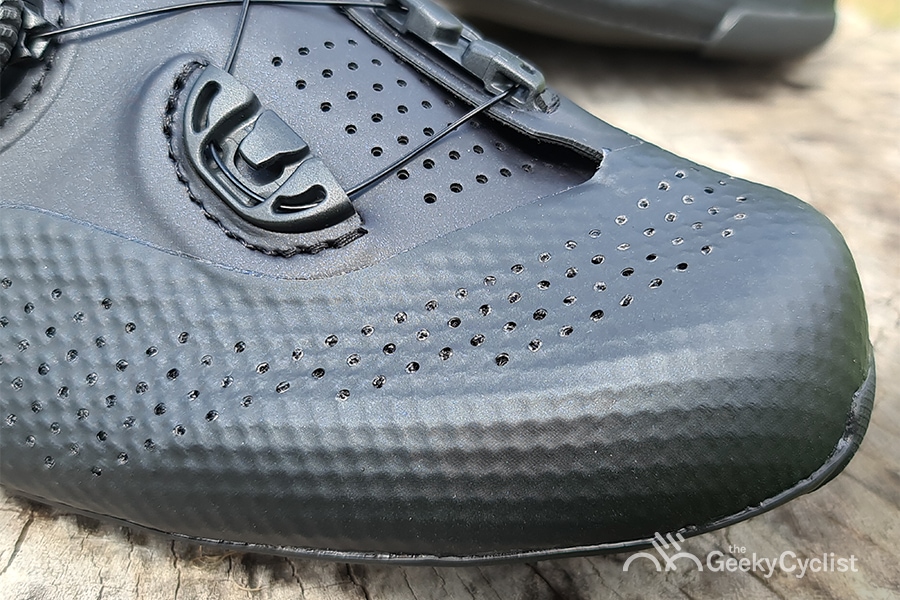
All road cycling shoes are designed with ventilation in mind.
This is achieved through mesh holes in the first third of the shoes; either at the top, front, bottom, or a combination of them.
If your feet get sweaty fast during summer, look for a pair of cycling shoes with more ventilation. Don’t worry about too much getting cold feet during the winter if the shoes have too much ventilation.
Just use a shoe cover and you’re all set.
Pedals and Cleats Compatibility
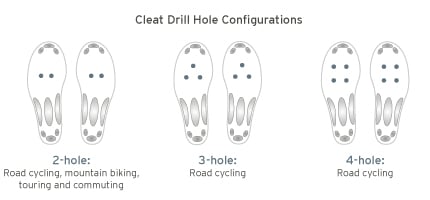
The type of clipless cycling shoes you need depends on the clipless pedal system that you currently have. If you need to buy both shoes and pedals, then consider which type of cycling you’re doing.
There are 3 types of clipless pedal systems used today.
- SPD (2 holes). Also known as the SPD (Shimano Pedal System), today it’s widely used in mountain biking, commuting, and touring shoes. The recessed cleat design allows for easier walking.
- SPD-SL (3 holes). This is also known as the Look style system. It’s widely used in road cycling shoes because it’s more stable and provides efficient power transfer compared to the SPD system due to its wider cleat design.
- Speedplay (4 holes). This is seldom found in any cycling shoes. Only Speedplay pedals use a 4 holes system. In order to use Speedplay pedals, you’ll need a base plate that converts from 3 to 4 holes. Some road cyclists swear by Speedplay pedals as it allows for full customization and fit in all directions.
Keep in mind that you can’t use clipless cycling shoes on non-clipless pedals (flat pedals).
Price Range
This is probably the main consideration for most of us when purchasing. So here’s a rundown of what you can generally expect from the various price range.
- $300 upwards. These are high-performance cycling shoes used by all professional cyclists and a lot of serious recreational cyclists. They’re lightweight, usually weigh below 500g (size 42) per pair, and have super-stiff (sometimes too stiff for some) carbon soles.
- $150 to $300. These are mid-level shoes aimed at recreational or long-distance cyclists. They usually weigh between 500 to 600g (size 42) per pair and have a composite sole. Basically, that’s a mixture of carbon and plastic.
- Below $150. These are entry-level for beginner cyclists. They’re heavier, usually upwards of 600g per pair (size 42). The sole is made of plastic which puts comfort over stiffness.
Author Recommended Reads

